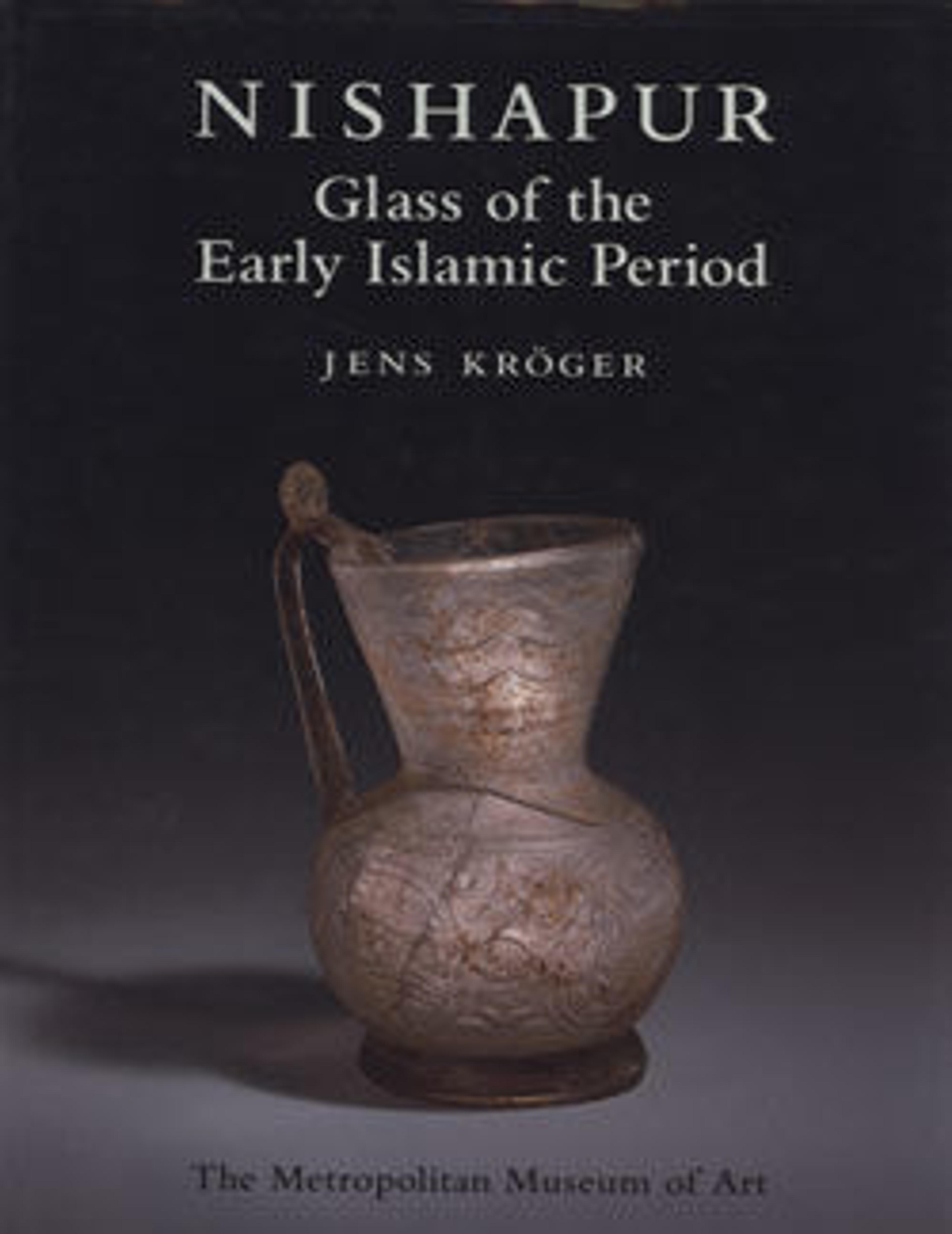Bottle
The vessel type represented by this piece purchased in Nishapur in eastern Iran is known in English as the "molar flask" due to the distinct, tooth-like form of its base. The molar flask was a popular household item in the Islamic world between the eighth and eleventh centuries, and their wide distribution from Egypt to Iran suggests multiple centers of manufacture. Such vessels were most likely used to hold small amounts of valuable liquid perfumes. Like this bottle and the others found at Nishapur, molar flasks are usually made from monochrome glass and are often embellished with carved decorations. Examples crafted from more expensive materials like fused glass mosaic and even rock crystal are also known.
Artwork Details
- Title: Bottle
- Date: 9th–10th century
- Geography: Attributed to Iran. Probably from Iran, Nishapur
- Medium: Glass, colorless; cast or blown, cut
- Dimensions: Ht. 2 3/4 in. (7 cm)
W. 11/16 in. (1.8 cm)
D. 11/16 in. (1.8 cm) - Classification: Glass
- Credit Line: Rogers Fund, 1937
- Object Number: 37.40.34
- Curatorial Department: Islamic Art
More Artwork
Research Resources
The Met provides unparalleled resources for research and welcomes an international community of students and scholars. The Met's Open Access API is where creators and researchers can connect to the The Met collection. Open Access data and public domain images are available for unrestricted commercial and noncommercial use without permission or fee.
To request images under copyright and other restrictions, please use this Image Request form.
Feedback
We continue to research and examine historical and cultural context for objects in The Met collection. If you have comments or questions about this object record, please complete and submit this form. The Museum looks forward to receiving your comments.
